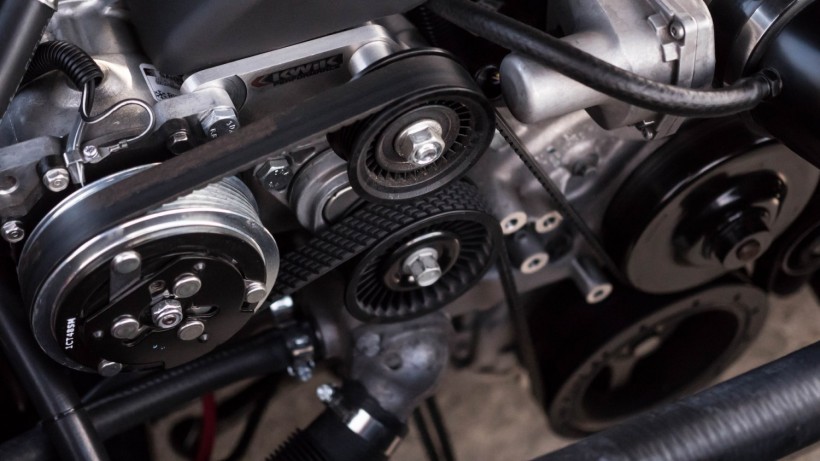Internal combustion engines (ICEs) are facing a dilemma. They're one of the main causes of C02 air pollutants, but it doesn't have to be this way. If the future is going to be green, ICEs have to use alternative eco-friendly fuels and be flexible enough to transition away from gas.
What are Internal Combustion Engines (ICEs)?
Internal combustion engines (ICEs) are the most common heat engines. They're found in boats, vehicles, airplanes, ships, and trains. ICEs get their name from the way the engine operates. Fuel is ignited inside to run the engine, and the excess is emitted as exhaust (or fumes).
Why Aren't ICEs Typically Eco-Friendly?
There's no reason why an ICE can't be green, but any vehicle fuel system course will tell you that nearly all ICEs run on leaded or unleaded gasoline, diesel, and natural gas. These three fuels are almost solely responsible for the high amount of C02 gas trapped in our atmosphere.
Alcohol-based fuels, like methanol and ethanol, are also bad for the environment. Even corn ethanol, which has 44% to 55% lower GHG emissions than gasoline, still pollutes the air. It simply wouldn't make sense to replace gasoline with a less harmful, but still harmful, fuel.
A big reason why environmentalists are fond of electric cars is the lack of emissions, but that's only true if the electricity is generated from a renewable source. Most electricity is derived from natural gas, but even if that wasn't the case, Pure electric cars don't even use ICEs.
Can an Alternative Fuel Source for ICEs be Eco-Friendly?
We can't look into the future and consider alternative fuel sources that don't produce any emissions, but fortunately, we don't have to. Hydrogen gas-run cars have been on the market for over a decade, and they're the only ICE-run fuel source that could produce no emissions.
How Viable is Hydrogen as a Fuel Source?
Hydrogen could literally change our lives. Gas-powered cars, which make up the bulk of vehicles, produce 2.3kg of C02 per liter of gasoline. For diesel, that number shoots up to 2.7 kg. If all ICEs ran on hydrogen, we'd remove 1.2 quadrillion kg of C02 yearly from the atmosphere.
Why? Because hydrogen doesn't produce any vehicle emissions other than water vapor. As far as we know, an excess amount of water vapor won't contribute to global climate change.
Here are some other benefits of using hydrogen as a fuel source:
-
Hydrogen is abundant. You get it from passing an electrical current through water. That same water is expelled as water vapor, which can be reused over and over again.
-
Hydrogen fuel cells exist, but hydrogen-run ICEs are the cheaper option. You don't have to invent another type of ICE, as it already exists (called spark ignition (SI) engines).
-
Hydrogen fuel cars already exist (Toyota Mirai and Hyundai Nexo), and you don't have to worry about your engine blowing up. It's just as safe to use as a gas-powered engine.
The only negatives of hydrogen ICE engines are caused by the lack of infrastructure. Buying, shipping, and refueling a hydrogen-powered car is expensive now, but with infrastructure in place, it'll be cheaper than gasoline. After all, hydrogen is way easier to obtain than gas.
How Can Fuel Flexibility Be Green in ICEs?
For an ICE to be green and fuel-flexible at the same time, it has to include hydrogen as a fuel source. Car manufacturers can already create engines that can run multiple types of fuel, but we have to be careful here. Don't mix up spark ignition with compression ignition engines.
Since you need a spark ignition engine to use hydrogen, you can't use biodiesel, di-methyl ether, or jet propellant-8. However, you can still use natural gas, liquefied petroleum gas, and alcohol fuel. This makes the SI engine the perfect ICE to ween off natural gas or gasoline.
The best overall system should include an SI ICE engine and an electric battery, and once again, these already exist as hybrid vehicles. With this setup, all vehicles could rely on hydrogen but then switch to electricity when the tank is low. This results in a fully green vehicle.
© 2024 NatureWorldNews.com All rights reserved. Do not reproduce without permission.
* This is a contributed article and this content does not necessarily represent the views of natureworldnews.com






